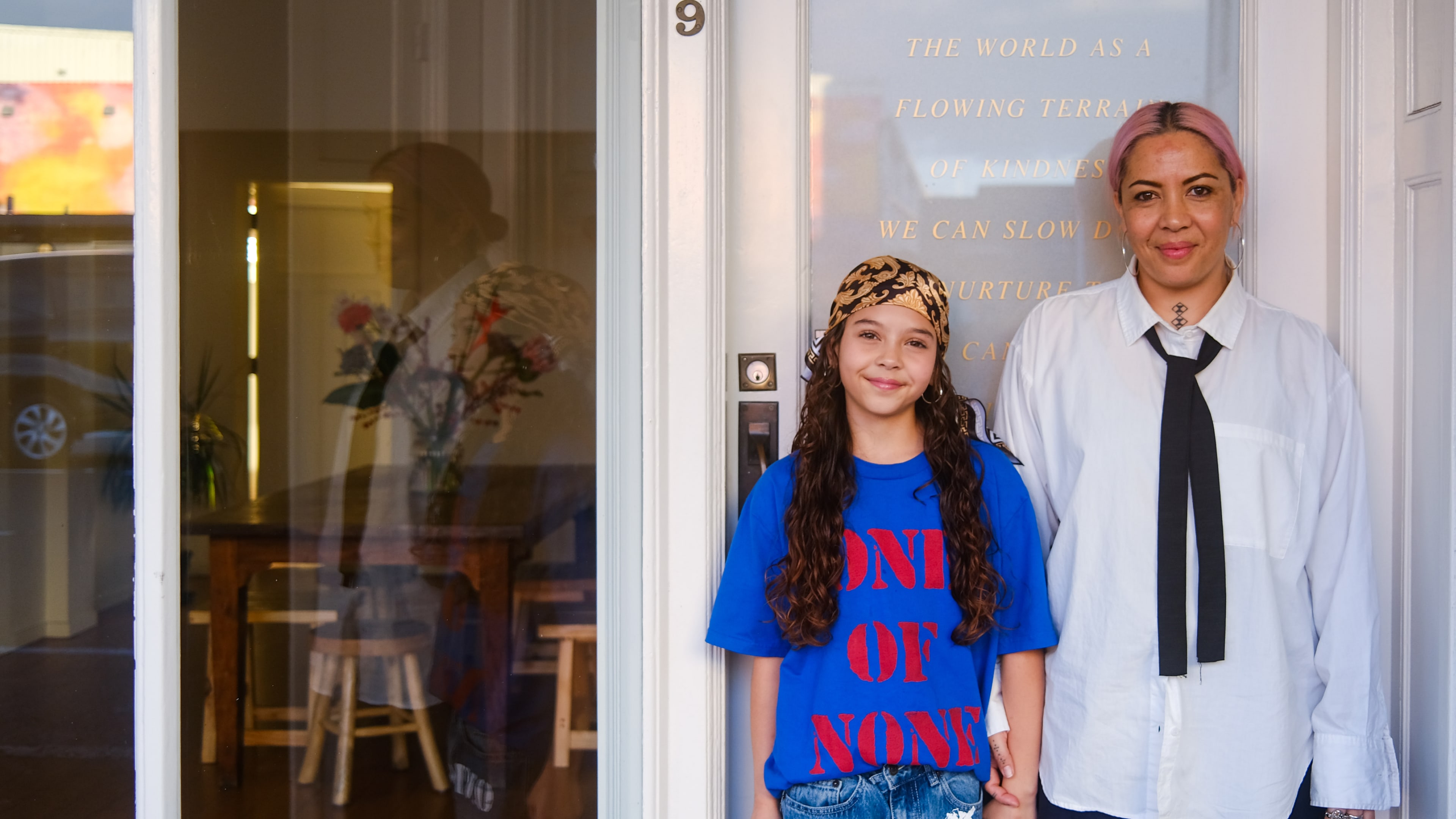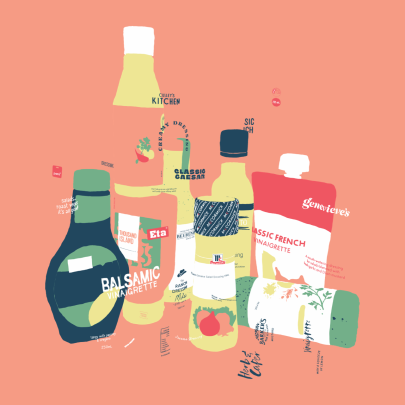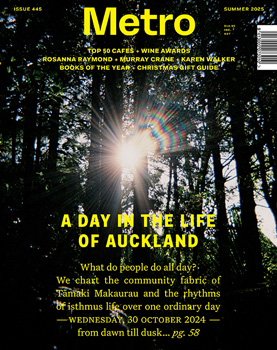Feb 6, 2025 Uncategorised
Abigail Dell’Avo: What does the name Ūkaipō mean, and how does it reflect your vision for the space?
Cat Ruka: At a surface level, ūkaipō is a word that gets used for ‘home’ or ‘original home’, but if we break the word down we can get a little bit deeper into the layers of it. ‘Ū’ refers to the breast, ‘kai’ refers to food, and ‘pō’ refers to night. So it nods to that moment of care and sacrifice when a māmā wakes in the middle of the night to breastfeed their child. It’s a cosmic relationship portal, and it’s the baby’s first site of belonging. It’s where the deepest love resides and therefore it’s also where the first lightning strike of creative potential occurs. Given all of that, there was never really any question as to whether or not this space would carry this word. It speaks to the nurturing we want to activate as a whānau, and within our artist communities. It’s a beautiful word to speak, and we are loving how the layers are revealing themselves to us in an embodied way through this project of ours.
Abigail Dell’Avo: Why do you believe accessible community and art-led spaces are important in today’s society?
Cat Ruka: Having navigated myself through the creative sector for about 20 years, I know where the barriers and hotspots are across the different pockets of the arts ecosystem. The support networks and infrastructure that artists need to succeed are lacking in Aotearoa, and space is one of the most significant issues. When a city is filled with creative spaces that are rich with artistry, that city is also rich economically, culturally and socially. In order for communities to thrive, artistry must thrive — there is a direct, well-researched correlation between those two things. So it’s incredibly important that artists have creative havens to anchor into. They need places where they can take refuge and be wildly expansive in their thinking.
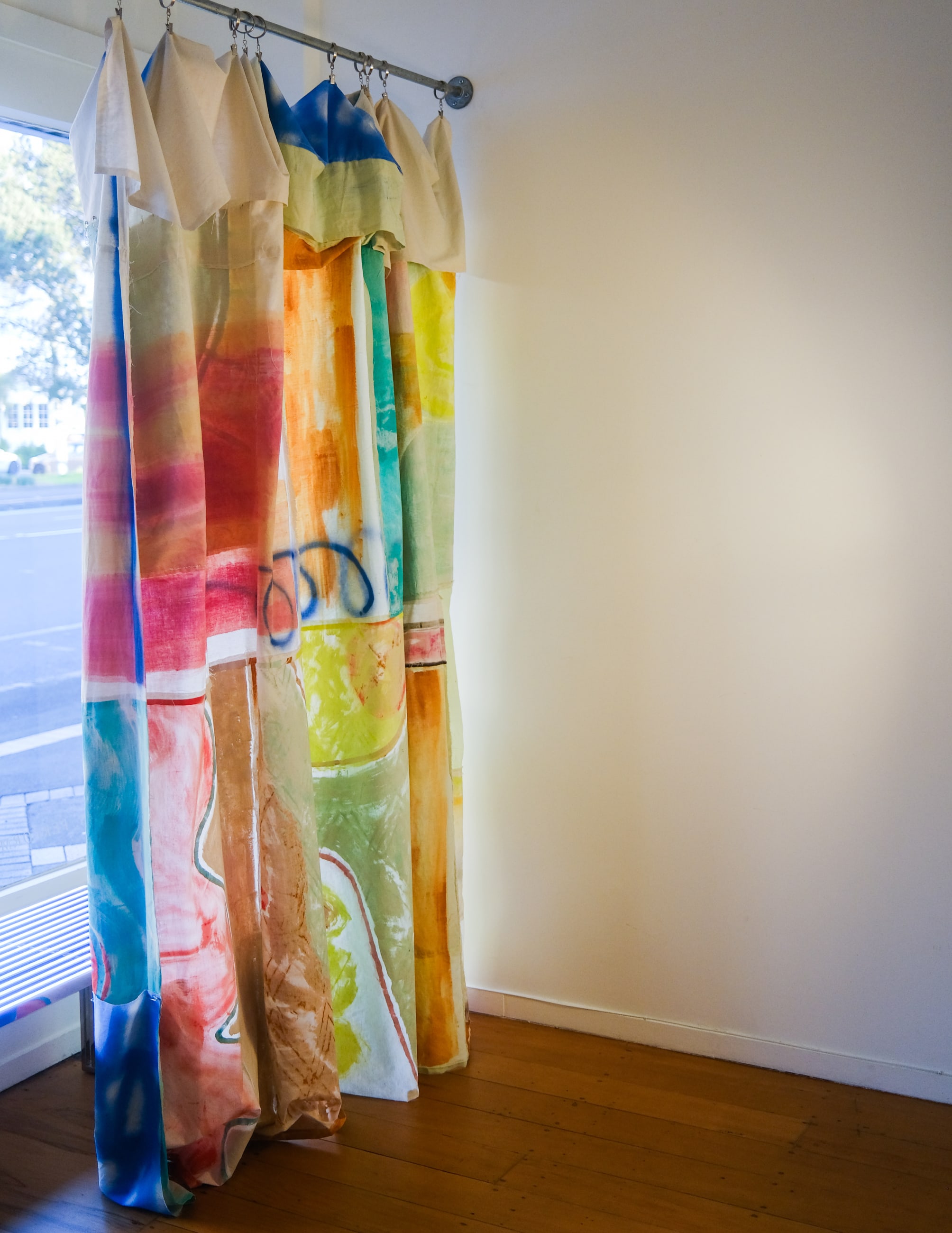
Abigail Dell’Avo: How does Ūkaipō aim to make its space accessible and welcoming to people from diverse backgrounds and artistic disciplines?
Cat Ruka: The artist life can be tough, and within that there is a spectrum of difficulty depending on what your background is as an artist. We all need an aunty who is going to outstretch her arms unconditionally to everyone. As inspiration, I’m thinking of people like dear Reina Sutton, a woman who activated manaaki within artist communities with such humility — she just got on with it without a fuss. Our goal with Ūkaipō is to come from that humble place so that no one ever feels intimidated or not good enough. We want artists to be able to afford to come here, and to always know that we are here for them as a pou. We are small in terms of our size and facilities, but I think it’s in that modesty and in our striving to lead with warmth that we are starting to activate something special and interesting. I also like to think that Lucia’s dancing helps to create a positive and welcoming vibration in the space. I can’t really think of anything more energetically uplifting than a young child joyfully whipping the air around with their body.
Abigail Dell’Avo: As mother–daughter collaborators, how do your personal experiences and family heritage influence your work at Ūkaipō?
Cat Ruka: Lucia and I come from a whānau where creative expression has always been normalised and encouraged. My parents were super-supportive of my siblings and me exploring artistic careers. Both of them made massive sacrifices to ensure we could keep expression at the centre of our being, and I’m so grateful for that. So it’s their legacy of support that I want to uphold and continue with Ūkaipō, especially given that both of them have now passed on. It’s about whakapapa, really, and making sure those fundamental whānau values of creativity and nurturing live on.
This place also marks an important turning point in my life, as it’s my first landing place after going through a separation. As part of my healing and recovery, a mentor of mine had me describe to her what I wanted home to look and feel like in my next chapter, and although living in and running a creative space wasn’t what I was manifesting at all, I did know that I wanted a home that was artistic and would create community. When we stumbled upon this place and realised the potential, it felt selfish to not investigate how we could share it with the amazing creatives we’ve come to know and love. We’re lucky to have a landlord who understands the importance of arts and culture, and who could visualise our contribution to the creative identity of uptown Tāmaki.
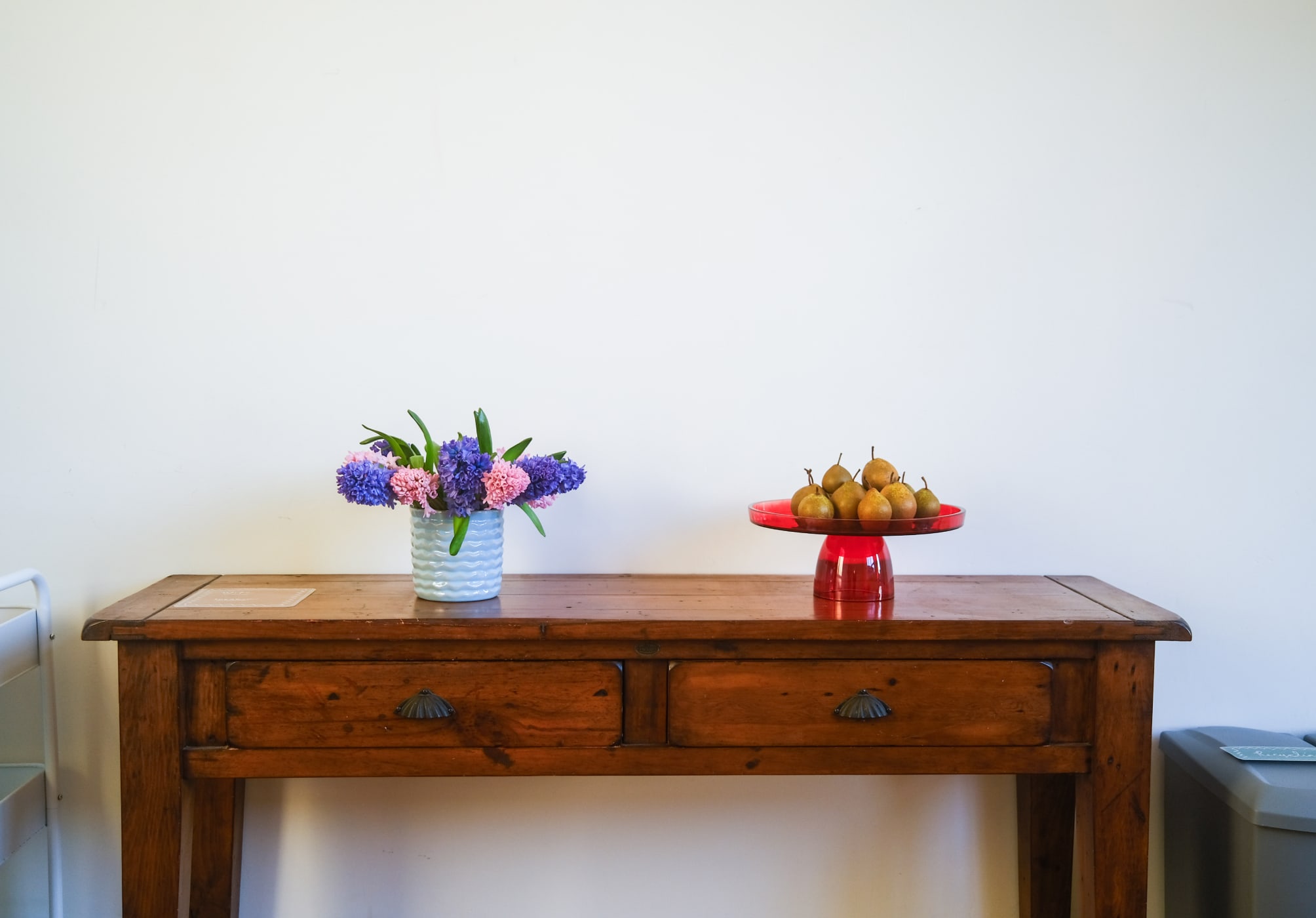
Abigail Dell’Avo: What has been the most rewarding part of working together on this project?
Cat Ruka: It’s been so amazing to observe Lucia’s take on everything and how her 10-year-old perspective is helping to shape our direction. She had a strong voice in the naming of the space, the feel of it and how we were going to approach everything. When we first moved in, we went to fabric shops and paint stores a lot to harness colour as a way to discover the kind of feel we wanted in the space. She would point out certain shades and be like, “Those colours are absolutely giving Ūkaipō.” Then we would describe how those colours made us feel. Now I run every hire request by her and she has the final word, especially on the accommodation requests. It’s bringing me so much joy to see the unfolding of our relationship to each other as creatives and as hosts, and I think that it’s giving Lucia important life lessons and a kind of skill set that she’s not able to access through school.
Abigail Dell’Avo: What been the hardest thing about developing Ūkaipō?
Cat Ruka: I would say that every aspect of it is challenging to varying degrees. We’re in that delicate space of discovering what the space is good at holding, and what a sustainable practice is for us as the kaitiaki. My experiences as executive director at Basement Theatre and artistic director at Tempo Dance Festival have certainly come in handy and I’m grateful for all the learnings they gave me, especially about pace. With Ūkaipō we’re searching for a rhythm that is slow, generative and generous. We’re thinking about this building as a body, what she needs to be well, and how to strike a balance between activity and rest. Our amazing friends Kim and Kingsley, who live next door, are always dropping little nuggets of wisdom from their own experiences of running their gallery out of their home. We’re lucky to have them as our tuākana.
Abigail Dell’Avo: Can you share any success stories or standout moments from artists who have already been part of Ūkaipō?
Cat Ruka: George Funaki recently facilitated an exhibition here, which showcased photographic works by Sylvia Demo. The exhibition surveyed and celebrated a selection of POC and queer arts collectives from around Tāmaki Makaurau, and it was special to me because the premise involved an artist using their practice to honour other artists. On opening night, the talent, vitality and mana of these collectives could be felt, and it really illuminated for me exactly what Ūkaipō is here for. I also love the regular bookings we are starting to see from our mirimiri practitioners, who are helping us to achieve our goal of providing recovery activity for artists to engage in.
Abigail Dell’Avo: What are your future plans and aspirations for Ūkaipō?
Cat Ruka: To be honest we don’t really have any future plans other than to just keep supporting artists and enriching this neighbourhood for as long as we can. We are remaining totally open to Ūkaipō existing for either a short time or an extended time, and we just want to enjoy the destined season of it, however long that may be. We are fierce advocates of arts and culture; we know that it’s our purpose to support it, and we’ll just see where that takes us.
Abigail Dell’Avo: Are there any upcoming events or projects that you’re particularly excited about?
Cat Ruka: I’m really excited about the out-of-town artists who are coming to stay with us over the next few months in our artist guest room downstairs. I love being able to provide a place for travelling artists to crash, and we’ve had some beautiful exchanges already with writers and performers from Pōneke, Ōtautahi and Te Tai Tokerau. We’ll be hosting some internationals soon, and when the weather warms up again we’ll have some artists-in-residence who will stay downstairs and use the creative space to develop new work.
Abigail Dell’Avo: What advice would you give to other artists and community leaders looking to create similar spaces?
Cat Ruka: I think my advice would be to take your time and put intention into the kind of mauri or life force you want for the space and in turn your artists. We are coming from a ‘less is more’ place — we aren’t interested in quantity as a measure for success and are more concerned with our hirers having a memorable experience and enjoying themselves. We want to cultivate meaningful connections with everyone and support well-formed and -considered offerings. We also think it’s important to centre the whare itself — being grateful for what it provides, respecting and caring for it so that it can care for us. There is a lot of hidden labour involved with running a creative space, so I think it’s important that you don’t set up a framework that will lead to your own burnout. In saying all that, I think it’s so important that we do what we can to populate Aotearoa with as many creative spaces as we can. So my most important advice would be to just do it and don’t look back.

